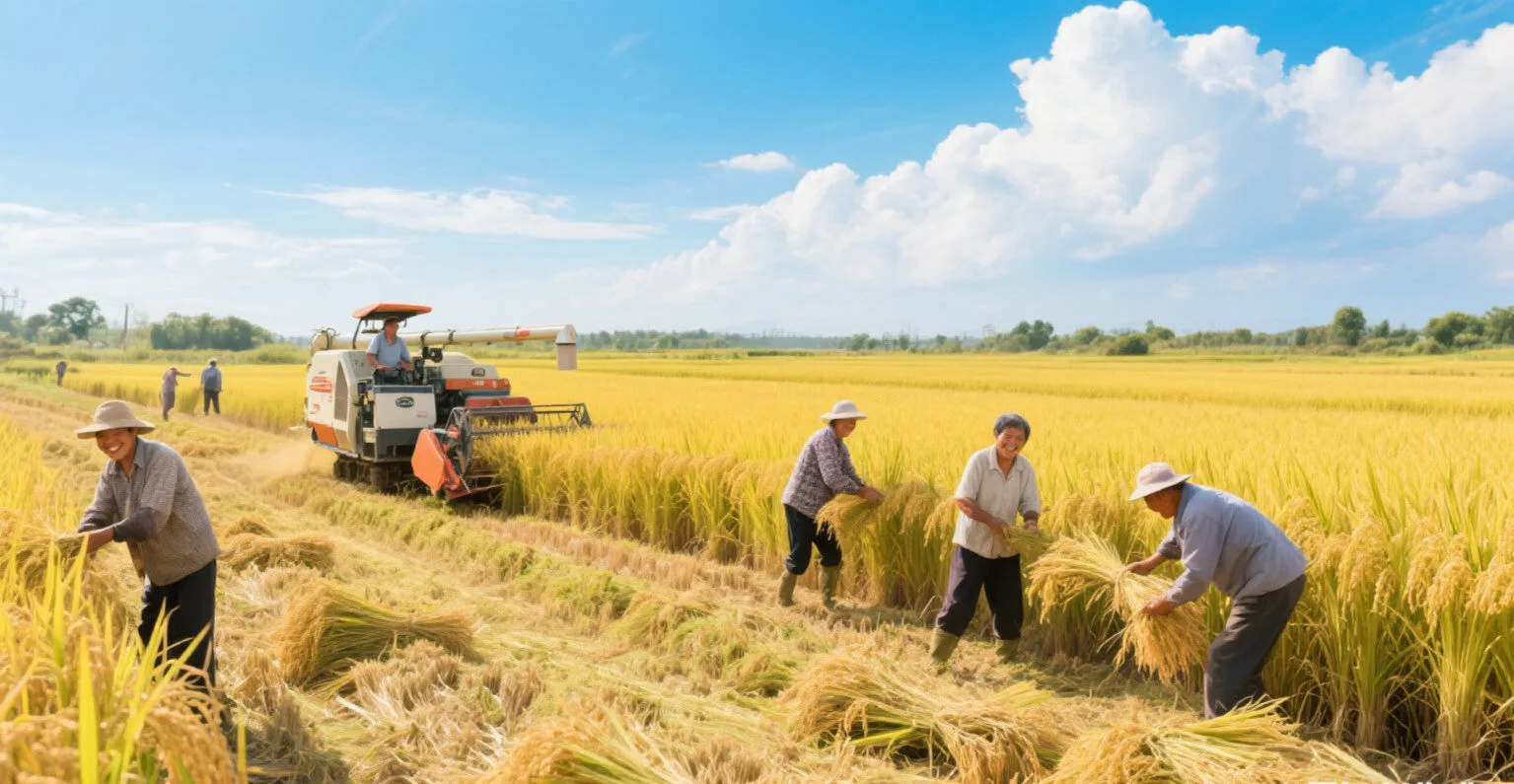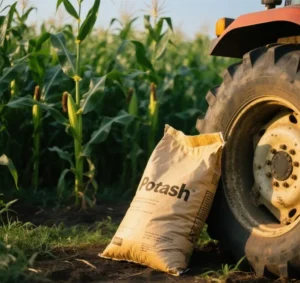According to data released by the National Bureau of Statistics (NBS), China’s early rice harvest in 2025 achieved a notable milestone, with total production reaching approximately 28.52 million metric tons — a 1.2% year-on-year increase. This growth occurred despite a slight decrease in the area under cultivation, demonstrating the country’s success in increasing yield efficiency and improving agricultural resilience to weather.
Key Highlights
- Output growth driven by higher yields.
Despite a 0.3% decrease in the area sown for early rice to approximately 4.74 million hectares in 2025, the average yield per hectare increased by 5.8 kilograms, or 1.5%, to 6,012 kilograms, up from 2024. This was the first year that China’s early rice yield surpassed 6,000 kg/hectare nationwide, reflecting advancements in agricultural technology and management practices.
- Policy Support as a Stabilizing Force
Wei Fenghua, director of the rural department at the NBS, emphasized the government’s strengthened support for grain production. These measures included raising the minimum purchase price for early indica rice, which stabilized farmers’ income expectations and incentivized planting. Local governments implemented targeted policies to ensure grain production responsibilities were met and allocated rewards to key grain-producing counties. These efforts helped maintain stability in the planting area for the sixth consecutive year, keeping it at around 4.73 million hectares.
- Regional Dynamics: Weather Challenges and Adaptive Successes
- Challenges: Spring droughts in Anhui and Guangdong hindered the timely transplanting of crops, resulting in reduced sown areas in these regions. Hainan experienced a yield decline due to severe typhoons.
- Bright Spots: Nine out of ten major early rice-producing provinces saw yield improvements. Jiangxi, Hunan, and Guangdong led the way with increases of 126, 120, and 94.5 kilograms per hectare, respectively. These provinces’ output expansions (165,000, 130,000, and 55,000 tons, respectively) played a pivotal role in national growth. Zhejiang and Fujian also reported output increases, while Guangxi saw a slight rise.
- Implications for Food Security:
The early surge in rice output solidified China’s foundation of food security. Major producers like Jiangxi and Hunan, which accounted for substantial output growth, demonstrated the effectiveness of regional agricultural policies. Despite localized weather setbacks, the overall stability of the planted area and the national yield milestone highlight the resilience of China’s grain production system.
Insights and Context
The early rice success story of 2025 is a testament to China’s dual-pronged strategy: (i) policy-driven farmer support and incentives, which offset weather-related risks and encouraged cultivation continuity, and (ii) technological and efficiency-focused advancements, which increased yields despite shrinking acreage. The government’s commitment to maintaining minimum purchase prices and rewarding high-producing regions created a safety net for farmers, stabilizing production even in drought-affected areas.
Although challenges persist, such as extreme weather events in Hainan, the adaptive capacity of China’s agricultural sector, coupled with consistent policy support, bodes well for long-term food security. The country’s average yield surpassing 6,000 kg/hectare is particularly significant, indicating sustainable productivity growth through optimized farming practices and improved crop resilience.
As China continues to prioritize agricultural innovation and policy coordination, its early rice production will likely remain a cornerstone of domestic food stability, supporting broader economic and social goals.









